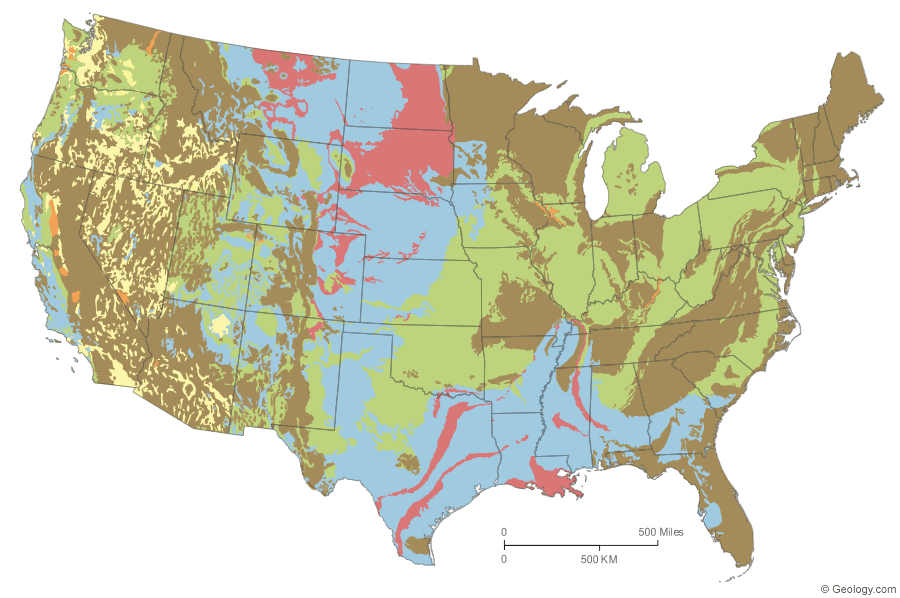Home » Geologic Hazards » Expansive Soil » Expansive Soils Map
Expansive Soil: The hidden force behind basement and foundation problems
| Over 50 percent of these areas are underlain by soils with abundant clays of high swelling potential. | |
| Less than 50 percent of these areas are underlain by soils with clays of high swelling potential. | |
| Over 50 percent of these areas are underlain by soils with abundant clays of slight to moderate swelling potential. | |
| Less than 50 percent of these areas are underlain by soils with abundant clays of slight to moderate swelling potential. | |
| These areas are underlain by soils with little to no clays with swelling potential. | |
| Data insufficient to indicate the clay content or the swelling potential of soils. | |
| The map above is based upon "Swelling Clays Map of the Conterminous United States" by W. Olive, A. Chleborad, C. Frahme, J. Shlocker, R. Schneider and R. Schuster. It was published in 1989 as Map I-1940 in the USGS Miscellaneous Investigations Series. Land areas were assigned to map soil categories based upon the type of bedrock that exists beneath them as shown on a geologic map. In most areas, where soils are produced "in situ," this method of assignment was reasonable. However, some areas are underlain by soils which have been transported by wind, water or ice. The map soil categories would not apply for these locations. Click for the full-size map. |
| More Geologic Hazards |
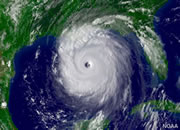 |
Largest Hurricanes |
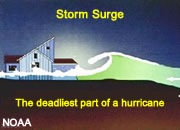 |
Storm Surge |
 |
World Record Lightning |
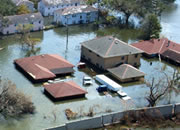 |
Homeowners Insurance and Geologic Hazards |
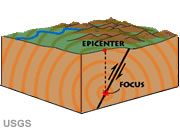 |
Earthquakes |
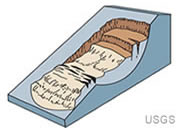 |
Landslides |
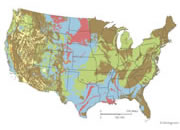 |
Expansive Soil |
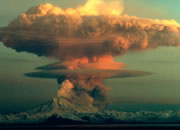 |
Volcanic Explosivity |

Find Other Topics on Geology.com:

|

| ||

|

| ||

|

| ||

|

|

